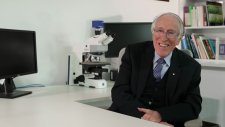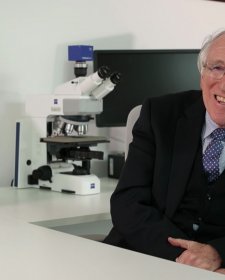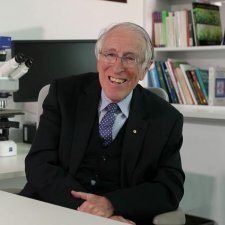I started my journey as a five-year-old. My dad had a severe hearing loss and my primary school teacher, when she asked, I said to her that I wanted to fix ears ‘cause I wanted to help someone like my dad. ‘Cause I knew how difficult it was in the family.
The cochlea implant is not a hearing aid. It is like a little computer. It was seen as impossible. All my friends, colleagues, they said that I was a little deranged. Having established it on an adult, which was important to do first, because ethically and in every way, my passion was to help children born deaf who had their whole lives ahead of them. It was so exciting when these children started to develop really normal spoken language, in fact, they bring tears to my eyes.
It was the first interface with the brain that was clinically successful ever. But it has opened up the possibility that we can do other, shall we say, bionic developments, be they bionic eyes, be they help for people with paraplegia or spinal cord injuries or even other issues such as mental illnesses, schizophrenia and so on.
The brain is so incredibly complex. There are still so many things we don’t know. But we need to focus more on this.













